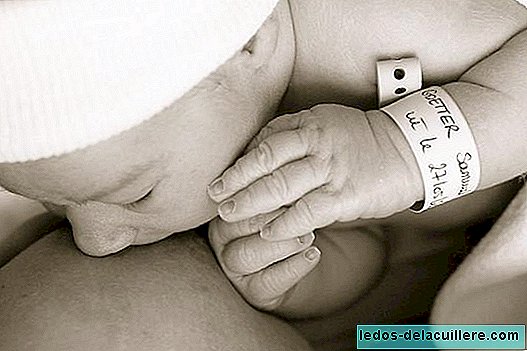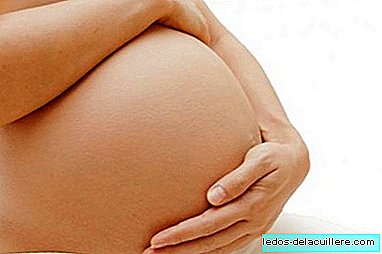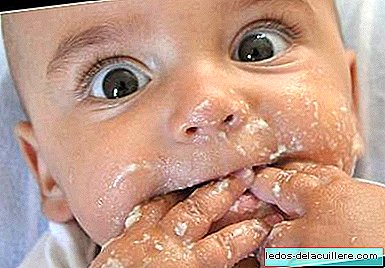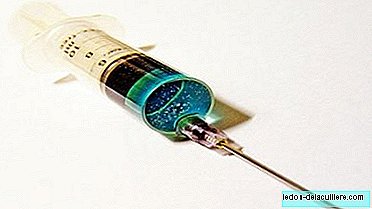Through some drops of blood taken from the baby's heel, the one known as heel test in newborns, which is capable of detecting congenital metabolic endocrine diseases that are rare.
It is an early detection clinical test consisting of a fast and superficial heel prick to draw a drop of blood. These are spread on a special sieve paper (Guthrie card) that is sent to the laboratory for analysis.
The first heel test is performed at 48 hours of birthwhile the second one is done between the fourth and seventh day of life.
The analysis is routinely practiced in Spain. It is done in maternity before discharge and in the health center. The parents are given a card that will be used to collect the blood sample and the data of the mother and her child, including the family address where the results will be sent.
AdvertisingAt approximately three weeks they will receive the results by mail at their address in the name of the mother. If new samples are required to continue the test, it will be notified as soon as possible, while if the results are doubtful or detect any alteration, the family will be contacted urgently to clinically assess the baby and rule out or confirm the disease.
Diseases detected by the heel test
The diseases that the test can reveal are congenital metabolic disorders that still do not show symptoms, but that can affect the development of the baby. Its early detection is key to taking urgent measures and carrying out the appropriate treatment to avoid sequelae and disabilities.
It allows to detect rare diseases that affect one in every thousand newborns born in which an early diagnosis is essential to avoid important consequences such as brain damage, neurological disorders, growth disorders and respiratory problems, among other complications.
The first sample serves to detect the group of diseases that comprise hypothyroidism (insufficient secretion of thyroid hormones), adrenal hyperplasia (disorder of the adrenal glands), and hemoglobinopathies (abnormal structure in one of the globin chains of the hemoglobin molecule).
With the second test, diseases of the group of hyperphenylalaninemia (inability, partial or total, of the organism to transform one of the constituents of food, phenylalanine, whose excessive increase in blood can lead to mental retardation and severe neurological problems) and phenylketonurias (inability to metabolize the amino acid tyrosine from phenylalanine in the liver).
The heel test allows to detect up to 19 congenital metabolic diseasesincluding congenital hypothyroidism, congenital adrenal hyperplasia, sickle cell disease or sickle cell anemia, cystic fibrosis, phenylketonuria, congenital errors of amino acid metabolism, congenital errors of fatty acid metabolism and congenital errors of organic acid metabolism.
The crying baby in the heel test

An inevitable consequence of the heel test, and one of the aspects that most worries parents, is the baby's crying when he was pricked. In addition to the prick itself then they “squeeze” the little piece to extract three or four drops of blood, and we already know that newborns like nothing that their feet touch.
There are several experts who recommend tetanalgesia to calm the baby's pain caused by certain medical procedures that are performed during the first days of life such as heel testing. The calming effect produced by the suction relieves pain in the heel test.
In conclusion, heel test it is a very necessary test that is performed at newborn in order to detect rare diseases, which may not show apparent signs after birth, but cause serious health problems in the first months of life.












